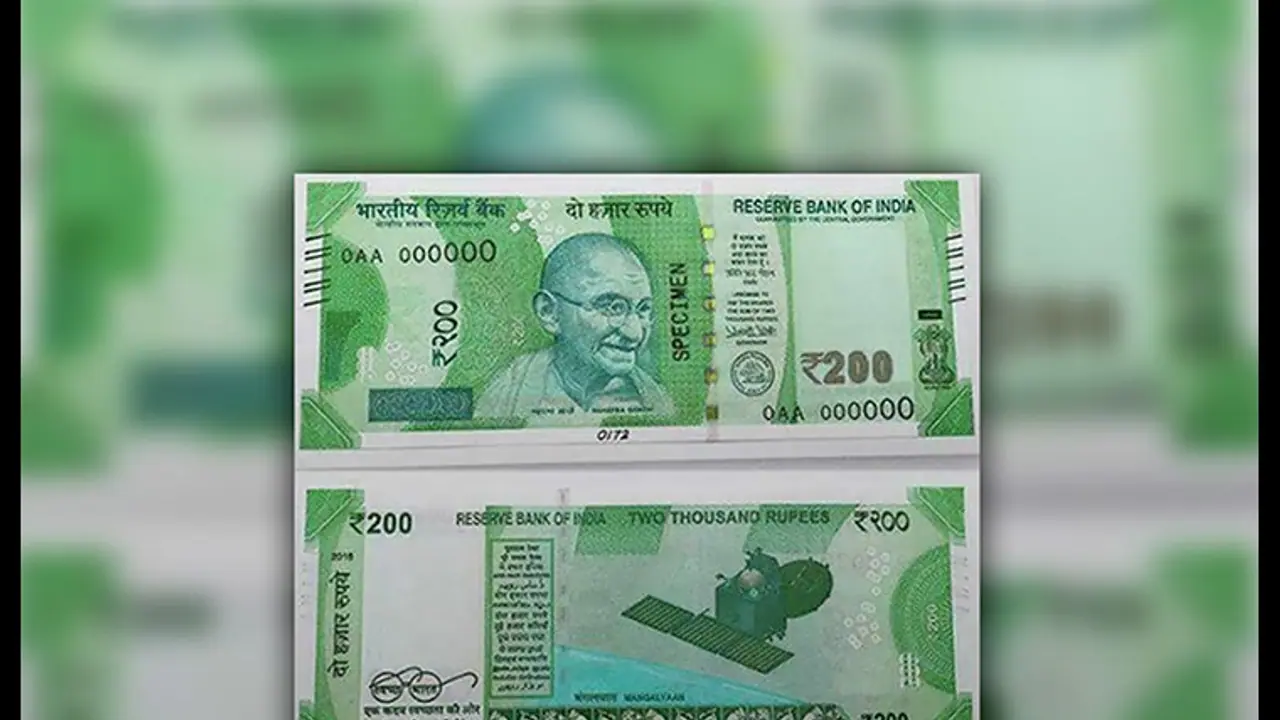RBI is yet to give instructions to the ATM companies to start recalibration. Banks are yet to formalise their process of recalibrating specific machines according to their choice of area. Printing of Rs 200 notes is slow and insufficient.
While RBI has already launched the new Rs 200 note a week ago, it may still take up to three months for ATMs to start dispensing the currency. ATM companies are having a tough time as they have been asked to recalibrate the ATM machines, irrespective of the fact that they haven't recieved either the dimensions of the new note or the new currencies. Moreover, the companies had just ended up recalibrating the machines from the demonetisation last year.

Meanwhile, the RBI has said that the supply of the new Rs 200 note will soon be ramped up, but has not given any time frame by which it will be available in adequate numbers. Meanwhile, ATM manufacturing companies have said that they have not received any order from the RBI to recalibrate the machines. However, banks have asked the ATM manufacturers at an informal level to start working toward the same. Moreover, it is yet to be decided whether all the 2.25 lakh machines across the country will be recalibrated or not. Thus, owing to the confusion at the ground level and other loopholes, it is likely to take some time for the ATMs to disburse the amount.
Lack of communication from the RBI
According to Ravi B Goyal, Chairman and Managing Director, AGS Transact Technologies Limited which has set up close to 60,000 ATMs across the country, said, "The process of recalibration will begin once we receive the directive from the RBI. The size of the new notes is different from the existing ones and so, once we receive the new notes, we will have to understand its dimensions and accordingly reconfigure the ATM cassettes. Next, we will have to check if the supply of notes is good enough to run the cassettes at full capacity."
However, the question remains, wouldn't it be too late by the time RBI issued the order and the companies started recalibrating the machines? Wouldn't that mean a second round of non-functional banks after the demonetisation episode? Goyal thinks otherwise. He said, "The entire process of recalibration can be completed within 90 days without affecting the regular functionality of ATMs to a large extent. In fact, the ATMs will continue to be fully operational during recalibration and will continue to supply Rs 100, Rs 500 and Rs 2,000 denominations."
Complaining of a similar scenario are NCR Corporations and BTI Payments who manage 1,08,000 and 4,500 cash dispensers. Both the companies have said that while banks have reached out to them, requesting them to start the recalibration, there is no way they could do it since they haven't received the new notes for testing. Moreover, the banks are yet to tell the companies which machines they wish to recalibrate for the new Rs 200 notes.
K. Srinivas, Managing Director and CEO of BTI Payments, while speaking to the Economic Times said, "The recalibration can be done progressively as and when the new denomination note starts to become available. Unlike the last time around (during demonetisation), when we had to recalibrate all machines in one go."
Unavailability of cash
Currently, the new Rs 200 is available in only select RBI offices and some banks. Till now only SBI and Punjab National Bank are said to have received the new notes. This is because the printing is going slow that too only in the RBI presses. The other authorised press by RBI, the Security Printing and Minting Corporation of India (SPMCIL) said that it did not receive any indent so far for the printing of the notes.
The tedious process of recalibration
Although the ATM recalibration across India could be done in 90 days, the process is still tedious and cumbersome. An engineer has to spend 30-45 minites oer ATM to recalibrate the slots in the ATM. Usually, an ATM holds four cassettes, three of which can be used for Rs 100, Rs 500 and Rs 2,000. The fourth cassette can be used for the new Rs 200 notes. On an average, each cassette has a capacity to hold 2,000-2,500 notes depending upon the quality of cash issued by banks. However, things are a lot different in the case of many ATMs that have just 2 or three cassettes.
Directive has to come from respective banks regarding their choice of recalibration, which depends on the area that the ATM is located in. The bank has to study hw the customers in the area behave and the number of transactions that are conducted in the ATMs.
Overall, the recalibration is time consuming and complicated that needs a proper planning for a hassle-free transaction.
